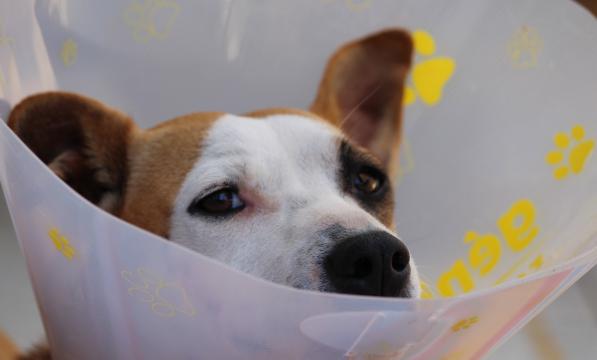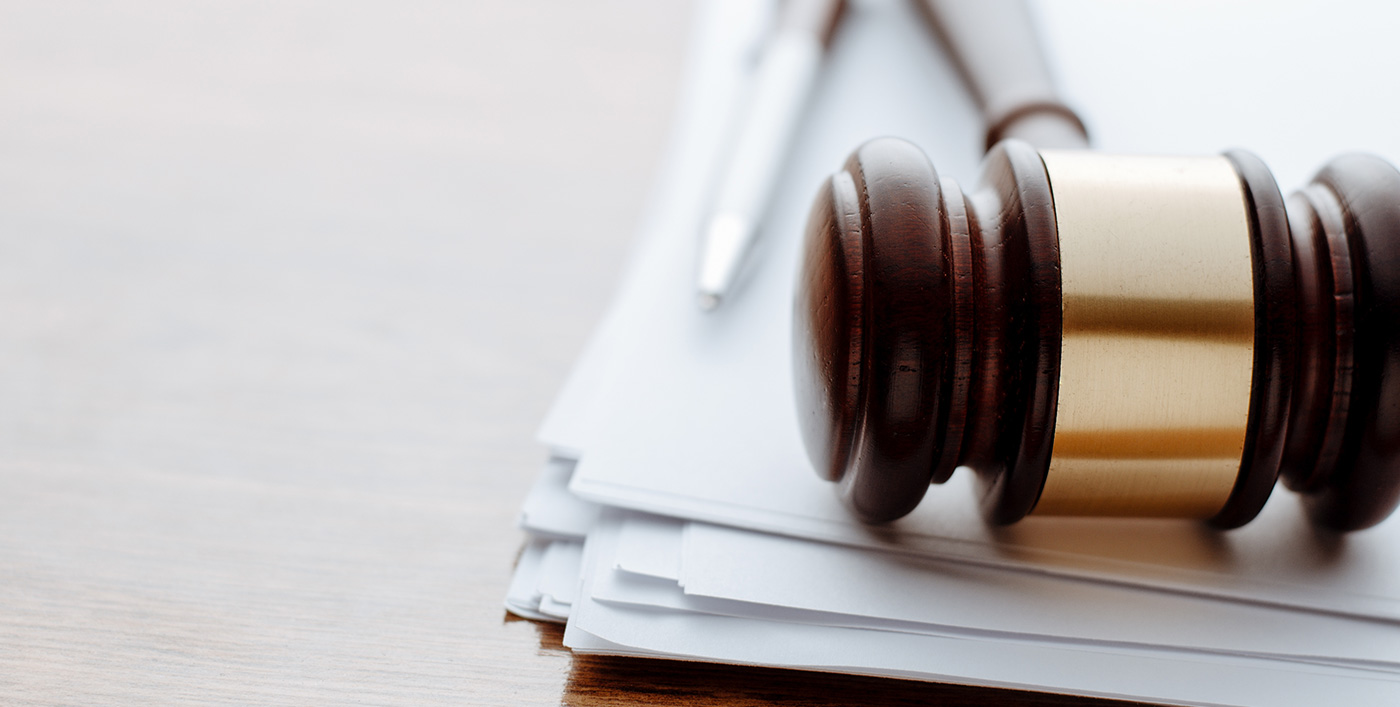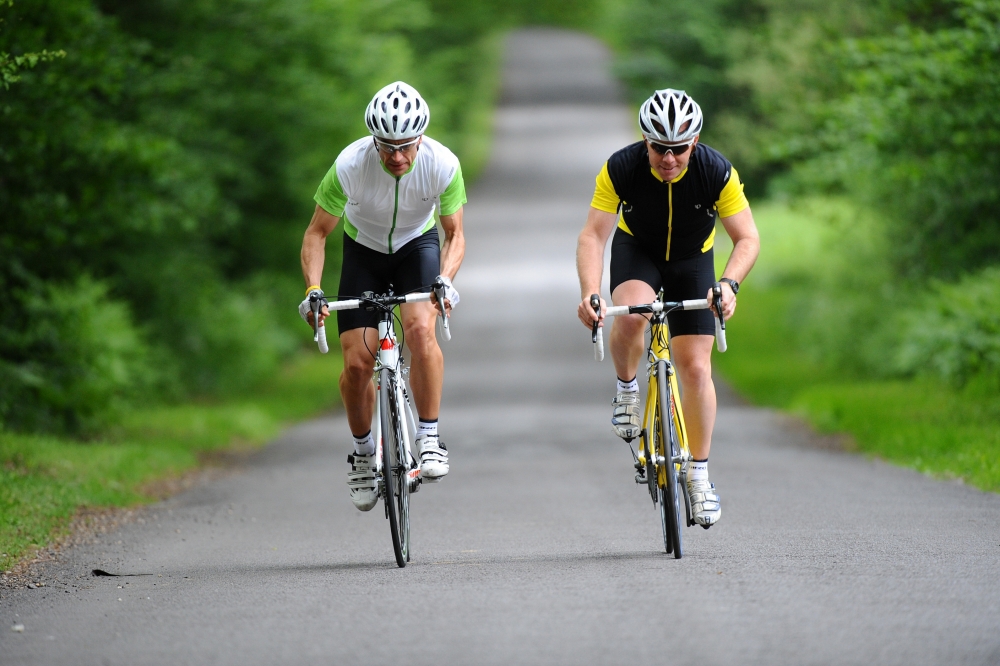What to do if you are involved in a cycling collision with an animal

There are various scenarios here. First, an injury inflicted by an animal e.g., a dog bite or a horse kick. Second, the consequences of an animal escaping domestic premises or from its handler while being exercised. There is a specific statute (Animals Act 1971) which deals with the first category while the common law concept of negligence covers the second.
Also bear in mind the duties which attach to cyclists: although we are entitled to use bridleways, horse riders have priority under the current Highway Code hierarchy of road users. Similarly, do not expect to come across a horse (and rider) on a cycle track. The Code instructs cyclists not to pass closely (not less than 2m) or at speed (over 10mph) and to be prepared to stop and similarly to be prepared in rural areas to encounter horse riders, slow moving farm vehicles and mud on the road surface. The Code states ‘to be able to stop in the distance seen to be clear’.
Negligence
Section 56 of the Highway Code states:
"Do not let a dog out on the road on its own. Keep it on a short lead when walking on the pavement, road or path shared with cyclists or horse riders."
Many of the rules in the Highway Code are legal requirements. Others, like the above, do not carry the same statutory weight, but can be relied upon to support an allegation of negligence in civil proceedings.
It is necessary to establish that the animal’s keeper breached a duty of care in a manner which with reasonable foresight was likely to cause injury or loss.
If an uncontrolled dog causes a cycling accident, then provided the keeper can be identified, you can pursue a civil personal injury claim in negligence if there are prospects of establishing breach of duty and reasonable foresight of the consequences.
Animals Act
If it could also be proved that the dog had a keen eye for chasing cyclists (or other road users) then the provisions of the Animals Act could be invoked. An example might be the sheepdog which lurks at the farm’s entrance, darting out and giving chase to bikes and cars, seemingly oblivious to its own safety.
Similarly, in a less rural setting, neighbours might have tales to tell concerning a dog habitually escaping its keeper’s boundaries or making itself a nuisance or threat unless restrained.
During the process of making a claim, vets’ records should be produced as disclosable documents. These along with residents’ statements would go to prove that the owner knew their dog was likely to behave in that manner and failed to take ‘reasonable steps’ to prevent an incident occurring.
Although keepers are responsible for keeping their dogs under control, this does not mean they are obliged to keep them on a short lead in public. Neither does it mean they would be categorically liable for accidents if their dog acted out of character: every dog is allowed one bite.
Farm animals
A keeper cannot be liable for unknown deviant characteristics, but knowledge may be implied; for example, that in certain circumstances a horse is likely to kick.
Animals do not unfortunately understand the concept of oncoming traffic. It’s not unheard of for farm animals to escape and wander on to a road, into the path of oncoming vehicles and cyclists, with the possibility of seriously compromising the wellbeing of all.
Farm animals being herded ought to be accompanied by persons both at the front and rear of the herd.
A collision with escaped farm animals throws up its own difficulties, starting with ownership.The Courts tend not to be over sympathetic in these circumstances, so one would need to demonstrate similar carelessness to that of the householder who permits a domestic dog to escape.
Steps you should follow after a cycling collision with an animal
If you are unfortunate enough to collide with an animal while cycling on the road, cycle lane or bridleway here are some things you should do:
- Check yourself.
- Check the animal if safe to do so (if it hasn’t run away injured). If able, make your way to a safe place out of the way of traffic and try to cordon off the injured animal if possible, but do not take risks! We are not suggesting that attempts are made to corral a cow.
- If you are injured, summon medical assistance for yourself and notify the Police who may assist in tracing an owner, particularly if livestock is likely to be a danger to traffic. If the animal is injured, call emergency services (999) for the police and inform them of the injured animal as they’ll need to clear the road as soon as possible.
- Assess the damage to your bike.
- Take note of your surroundings and if there’s an obvious location the animal has come from, e.g. a farm or an open access to a private property Make a note of the farm and farmer details and inform them of the accident.
- Take contact details for any witnesses.
- If you are able, take photos of the scene, of the animal, damage to your bicycle and your injuries.
- Depending on the severity of your injuries, seek medical attention either in A&E or with your GP.
- Contact the Cycling UK Incident Line on 0330 107 1789 for assistance in either making a claim for your injuries or damage to your bicycle.
More information on reporting injured or dead animals can be found on gov.uk where there is also a complete list of charities and and advice on reporting stray animals.
Making a claim
Any claim would include the usual heads namely cover pain, suffering and temporary handicap (loss of amenity) plus costs of any medical treatment, damage to bike, clothing or equipment and loss of earnings you incurred. Watch Cycle SOS's handy video on how best to photograph damaged bike kit here:
One of the difficulties with animal cases is the lack of insurance as not all pet owners have third party (public) liability insurance.
Cover may be provided by the keeper’s home and contents policy or any pet plan. But before this stage is reached the keeper must be located and identified: you may not receive much cooperation! Farm livestock should be covered by the owners’ Public Liability policy, but similar remarks apply.
If you manage to identify the owner of the animal, but they don’t have insurance, legal specialists can verify whether your existing cycle, car or household insurance policy has public liability cover, including a ‘reverse indemnity clause’ known as Unsatisfied Judgement Cover (UJC). This will respond to a claim by the policy holder for an amount equal to the compensation awarded by a court if the party at fault fails or is unable to pay up in the absence of insurance cover or other assets.
The claimant policy holder will be expected to assign the judgement to their insurer for enforcement. It’s important to note that you usually wouldn’t start the time-consuming and costly court process unless you were certain a UJC was in place.






